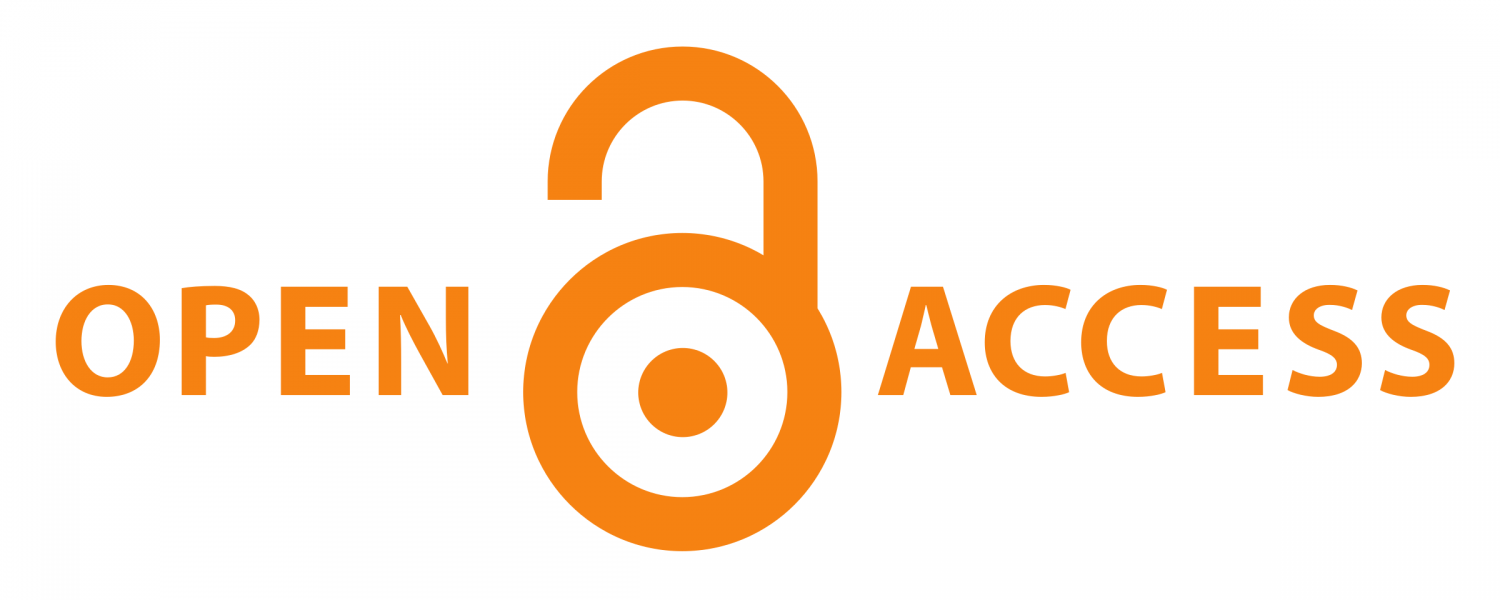Self-effi cacy of HIV-infected people adhering to HAART
Keywords:
self-efficacy, adhering to HAART, การรับรู้สมรรถนะแห่งตน, การรับประทานยาต้านไวรัสอย่างสม่ำเสมอAbstract
Objective The purpose of this study was to compare the self-efficacy score of HIV-infected people, who were taking highly active antiretroviral therapy (HAART).
Methods Six hundred and thirteen people, who were living with HIV/AIDS (PLHA) and had no antiretroviral (ARV) treatment experience (naive), no HIV/AIDS symptoms, and a CD4 count of less than 200 cell/ microliter, were randomly assigned to three research arms, 181, 230, and 202 in arm I, II and III, respectively. Arm I received HAART by following a treatment guideline with an added adherence counseling program. Arm II received the same intervention as in arm I and received monthly peer education, counseling and support at the clinic with follow-up visits at their homes by PLHA volunteers. Arm III received HAART with standard care from the Ministry of Public Health. The data were collected by the ARV clinic staff at thirteen community hospitals in northern Thailand. Participants in each research arm were asked to complete two parts of a questionnaire that included 1) a demographic data form and 2) a self-efficacy questionnaire.
Results In month 0, 4 and 12 the self-efficacy scores were 41.2, 42.9, and 41.9 in arm I, 44.3, 44.4, and 43.4 in arm II, and 44.6, 45.4, and 42.7 in arm III, respectively. There was statistical difference in self-efficacy scores between month 0 and 4. However, the self-efficacy scores had a statistically significant difference between arm I and Arm III (p=0.021) and arm II and III in month 12 (p=0.001). There was no difference in self-efficacy score between arm I and II, and arm II had the highest score of self-efficacy in month 12.
Conclusion Health care providers should implement the programs in arm II in order to enhance self-efficacy in PLHA and improve adherence to antiretroviral medication.








